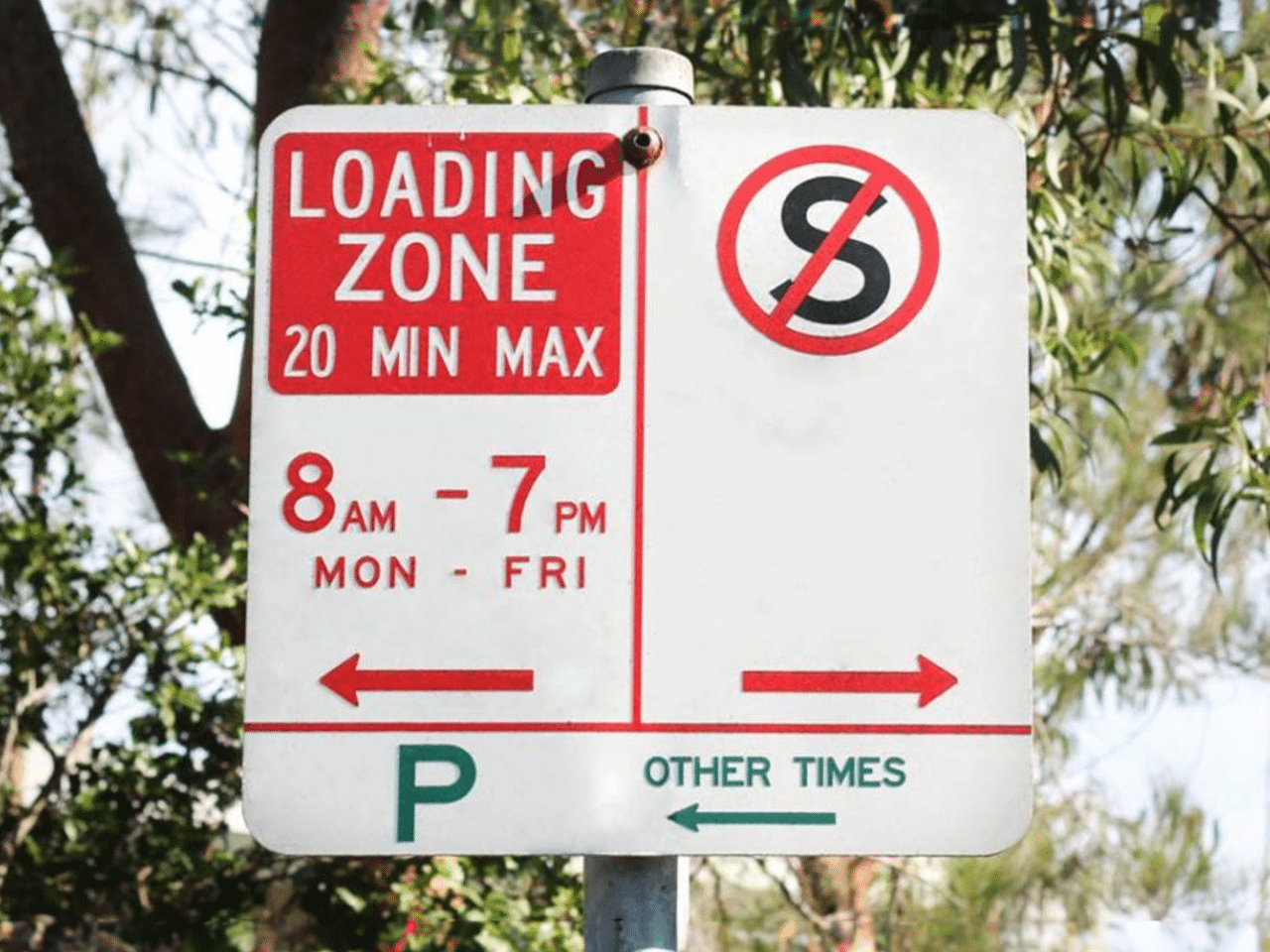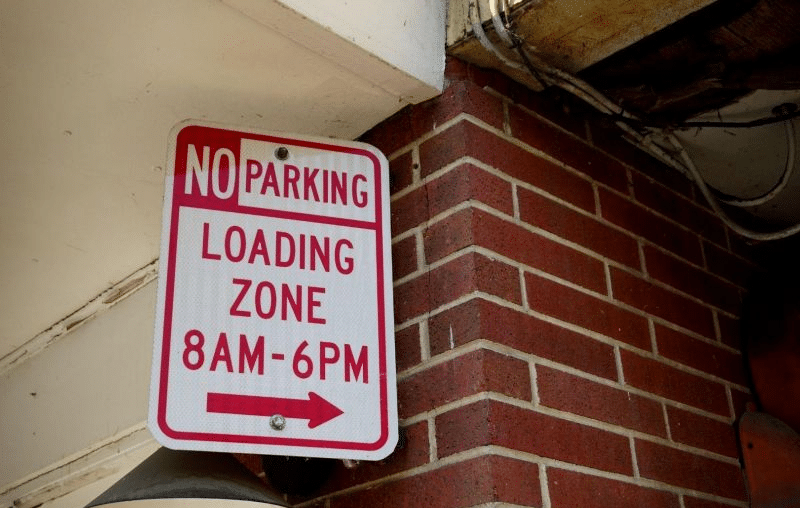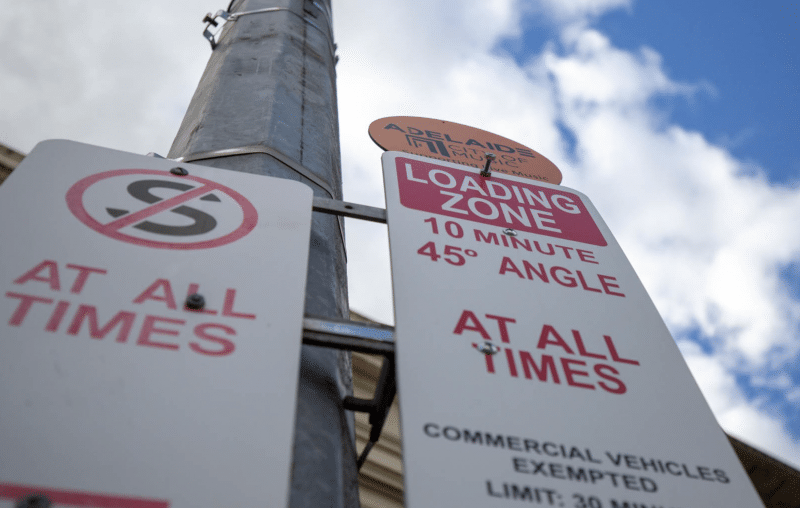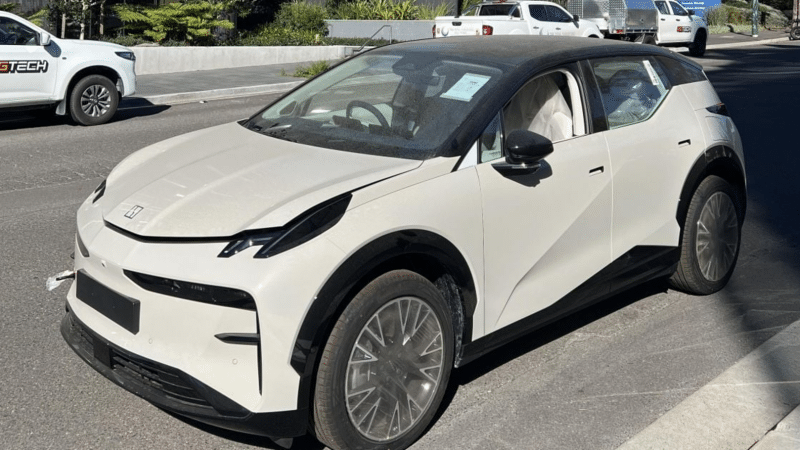Demystifying the Rules of Parking in Loading Zones Across Australia

Demystifying the Rules of Parking in Loading Zones Across Australia
Need a quick parking spot in a jam-packed city? Are Loading Zones the answer? Let’s unravel the rules and find out.
Have you ever circled a parking-poor city for what feels like ages, desperately searching for a spot? We’ve all been there. And in those frustrating moments, you may have considered parking in a Loading Zone just to save time. But wait! Before you do that, let’s dive into the rules and regulations surrounding Loading Zones in Australia. Can you really park there? Let’s find out.

Loading Zones are specifically designed to accommodate the loading and unloading of vehicles that are primarily used for transporting goods. So, can you park your wagon, hatchback, or SUV in a Loading Zone? Well, it depends. If you’re carrying goods, then you might be able to.
In New South Wales, the City of Sydney allows vehicles primarily constructed for carrying goods to stop in a Loading Zone for up to 30 minutes. Public buses are also allowed to stop for the same duration to pick up or drop off passengers. Transport for NSW further defines goods vehicles as trucks, delivery vans, and station wagons used for goods delivery.
In Victoria, Loading Zones are not meant for short-term parking. People carrying goods must drive a goods-carrying vehicle, a courier or signed delivery vehicle, or a truck involved in dropping off or picking up goods. People carrying passengers must drive buses or vehicles with seating positions for a certain number of adults. Other drivers are not allowed to stop in a Loading Zone, even for loading or unloading purposes.
Queensland follows a similar pattern, allowing only specific situations for stopping in a Loading Zone. These include dropping off or picking up passengers for a limited time, dropping off or picking up goods for a specific duration, having a commercial vehicle identification label, or driving a bus, truck, or commercial vehicle within the allocated time limit.
The rules in South Australia state that only commercial vehicles engaged in loading or unloading goods can park in a Loading Zone for a maximum of 30 minutes. Other vehicles can only stop briefly for the immediate setting down or picking up of passengers or cargo that is difficult to handle due to its weight or size.
Western Australia has some specific regulations that vary depending on the local government’s by-laws. Generally, commercial vehicles involved in loading or unloading goods or motor vehicles taking up or setting down passengers (without a trailer attached) are allowed in Loading Zones. Other vehicles, including taxis, buses, and regular passenger vehicles, are not permitted.
The Northern Territory doesn’t strictly enforce fines for parking in Loading Zones. Only drivers of vehicles primarily constructed for carrying goods can park in a Loading Zone for a maximum of 30 minutes. Other vehicles can only stop to pick up or set down passengers at the kerb, with exceptions for disabled parking permit holders.
In the Australian Capital Territory, specific vehicles are allowed to park in Loading Zones unless they have a Loading Zone parking permit or are otherwise permitted to use the zone. These vehicles include public buses, trucks involved in the delivery or pickup of goods, motor vehicles primarily used for transporting goods, and taxis, rideshare vehicles, and hire cars. Fines may apply for violating the rules.
Tasmania has some of the strictest rules for Loading Zones. Only public buses, trucks or service vehicles engaged in business-related delivery or pickup of goods, or vehicles permitted under other laws can stop there. Passenger vehicles are not allowed, even for loading or unloading purposes. Fines for violating these rules can be steep.
Remember, this information is not meant as legal advice. Always consult with the relevant roads authority in your state or territory for the most accurate and up-to-date regulations.

- Loading Zones are not meant for parking
- Only specific vehicles are allowed to park there
- Time limits apply for different uses of Loading Zones

Next time you find yourself in a parking pickle, be sure to consider the rules and restrictions related to Loading Zones in your area. While they may seem like prime parking spots, they are primarily intended for specific purposes. Understanding these rules can help you avoid hefty fines and ensure the smooth flow of traffic in busy areas. So, think twice before parking in a Loading Zone – it may not be worth the price you’ll pay.






